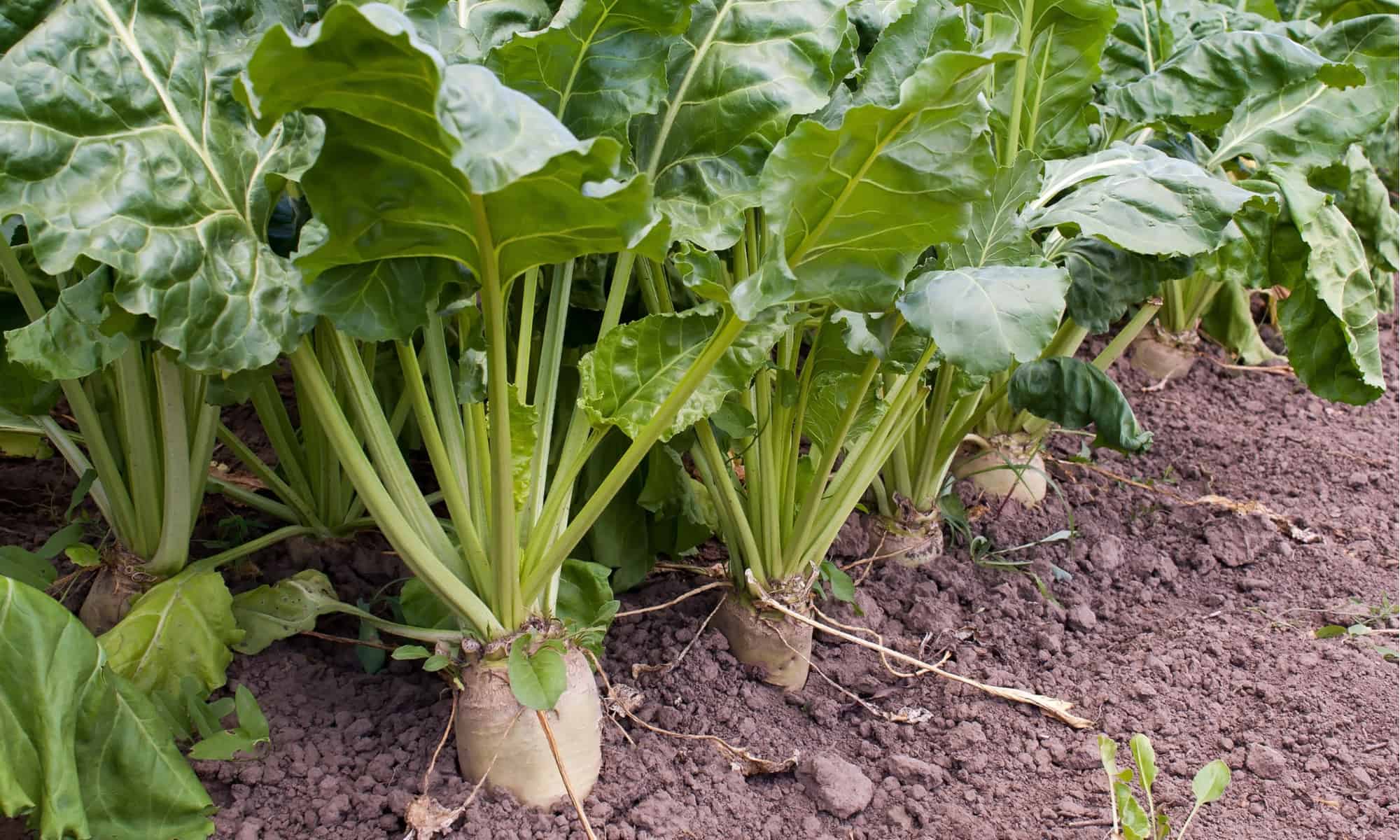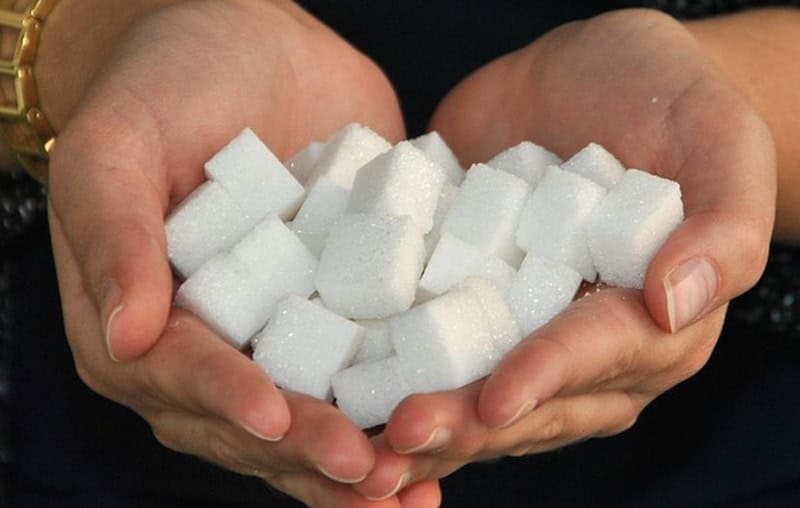The refining process of beet sugar vs cane sugar varies, affecting the final product’s quality.
The refining process of beet sugar vs cane sugar varies, affecting the final product’s quality.
Blog Article
Discover the Uses and Benefits of Beet Sugar Vs Cane Sugar in Your Daily Diet Regimen
Exploring the unique high qualities of beet and cane sugar reveals more than simply their sweetening capabilities; it highlights their special effect on health and cookeries. Beet sugar, known for its refined flavor, is often preferred in fragile desserts, whereas cane sugar, with its hint of molasses, adds splendor to durable recipes. Each type holds its very own nutritional profile and glycemic implications, inviting a deeper understanding of their functions in a balanced diet regimen and sustainable consumption practices.
Origin and Manufacturing Processes of Beet and Cane Sugar

The distinctive environments and dirt types required for growing sugar beets and sugarcane add to differences in their growing methods and geographical distribution, affecting the business economics and sustainability of their production. beet sugar vs cane sugar.
Nutritional Comparison Between Beet Sugar and Cane Sugar
In spite of originating from various plants, beet sugar and cane sugar are nutritionally very similar, both mainly containing sucrose. Each provides about 4 calories per gram, translating to about 16 calories per tsp. Structurally, both sugars are made up of around 99.95% sucrose, with marginal amounts of other compounds like dampness and trace minerals, which do not substantially change their dietary accounts.

Eventually, when choosing in between beet sugar and cane sugar based upon nutritional web content alone, both offer the same benefits and downsides as they are basically forms of the very same particle-- sucrose, offering quick power without other nutrients.
Impact on Wellness: Glycemic Index and Caloric Material
Discovering even more into the results of beet sugar and cane sugar on health, it is important to consider their glycemic index and caloric web content. The glycemic index (GI) of both beet and cane sugar is around 65, classifying them as high-GI foods, which can trigger quick spikes in blood glucose degrees.
Each kind of sugar contains about 4 calories per gram, making their calorie web content matching. For those keeping track of caloric consumption, especially when handling weight or metabolic health and wellness problems, comprehending official statement this equivalence is essential (beet sugar vs cane sugar). Nevertheless, excessive usage of any high-calorie, high-GI food can add to wellness problems such as excessive weight, heart illness, and insulin resistance.
Environmental and Economic Considerations of Sugar Manufacturing
Beyond health and wellness effects, the manufacturing of beet and cane sugar additionally elevates substantial ecological and financial problems. Sugar beet farming often tends to call for cooler environments and has a reduced geographical impact contrasted to sugar cane, which prospers in exotic regions.
Furthermore, making use of chemicals and fertilizers in both beet and cane sugar growing can result in soil degradation and pollution, additional affecting biodiversity and local water bodies (beet sugar vs cane sugar). The choice between cultivating sugar beet or cane commonly pivots on regional ecological conditions and financial variables, making the sustainability of sugar manufacturing a complicated issue
Culinary Applications and Flavor Distinctions
While the ecological and financial elements of sugar production are certainly significant, the choice between beet and cane sugar also affects cooking applications and taste profiles. Beet sugar, obtained from the sugar beet plant, is known for its remarkably neutral taste. This makes it a versatile component in baking, where it does not alter the flavor of various other parts. It liquifies promptly and is optimal for usage in cakes, cookies, and pastries.
Walking stick sugar, removed from sugarcane, frequently preserves molasses sites traces, which impart an unique splendor and depth. This small molasses flavor improves the intricacy of baked products, sauces, visit our website and marinates. It is especially favored in items where a caramel undertone is wanted, such as in brownies or gingerbread. Additionally, the slight variant in dampness content between beet and cane sugar can impact the appearance and uniformity of recipes, making cane sugar a preferred option for particular recipes that profit from its special residential or commercial properties.

Final Thought
Finally, both beet and cane sugar have unique origins and production processes, offering comparable dietary accounts with minor differences in sodium material and flavor. While their effect on health and wellness, especially pertaining to glycemic index and calories, is equivalent, the selection between them commonly comes down to ecological, economic elements, and particular culinary requirements. Comprehending these facets can lead customers in making informed decisions that straighten with their wellness objectives and taste preferences.
Report this page